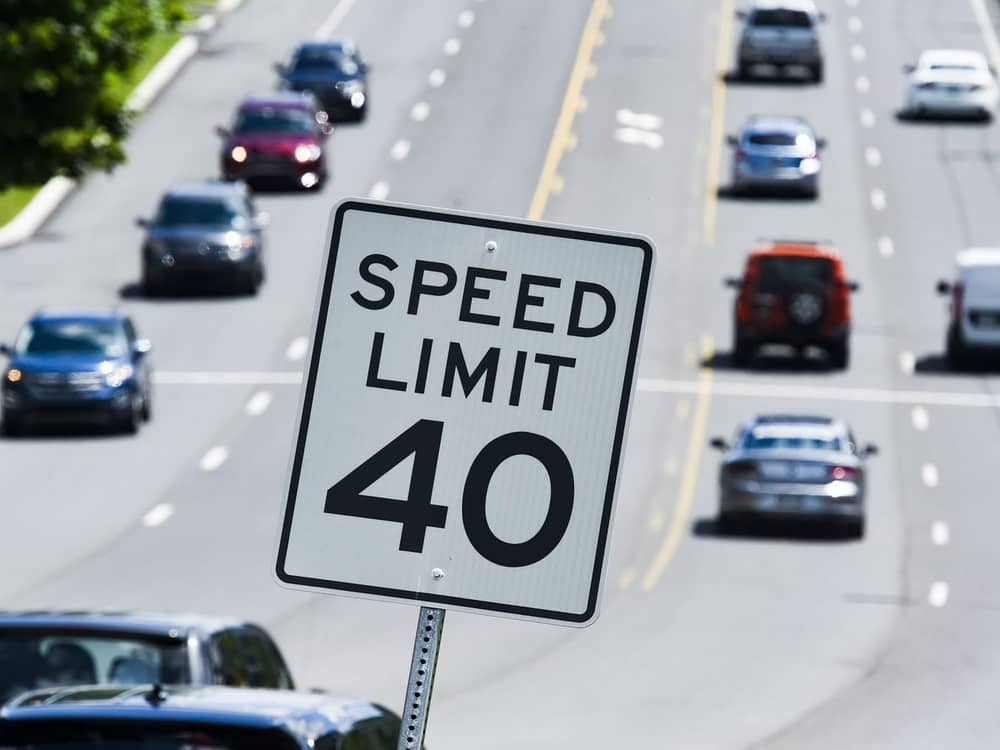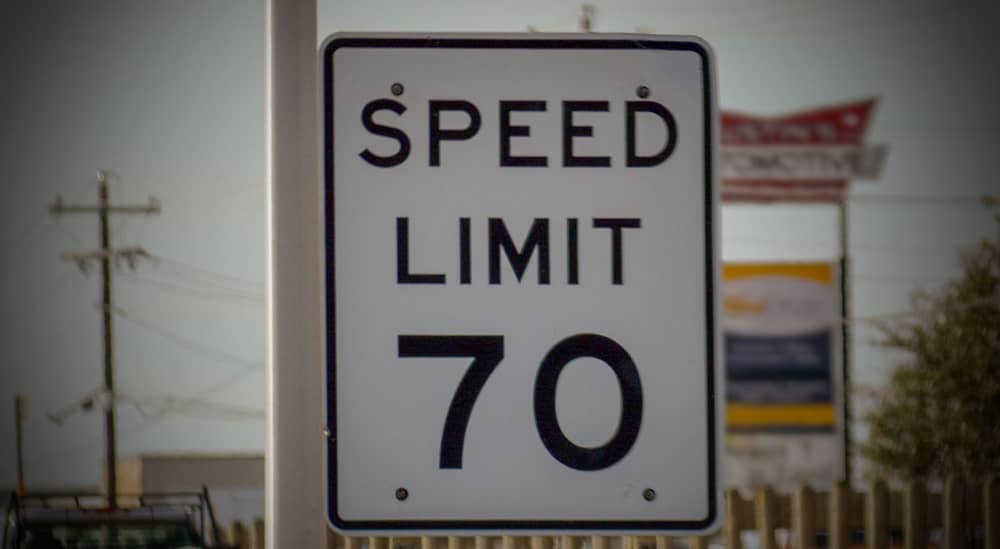The speed limit for passenger cars in urban districts is a critical topic that touches upon safety traffic. It is crucial to set reasonable speed limits because of dense populations and complicated traffic patterns.
In order to balance mobility and safety, speed limits are used in metropolitan areas as a traffic management tool. These restrictions are often established by local governments and take into account a number of variables, such as the layout of the road, the density of the population, and the frequency of accidents. Reducing accident risk, lessening collision severity, and improving the pedestrian environment are the objectives.
The significance of investigating the causes of these restrictions and how they affect urban living grows. In this post, we’ll learn more about the urban areas’ maximum speed limit for passenger vehicles.
What The Speed Limit For Passenger Cars In Urban Districts Is?

The issue of the speed restrictions for passenger automobiles in urban areas will now become more in-depth.
In order to control traffic and ensure road safety, urban districts’ speed restrictions for passenger vehicles are set. They aren’t the same everywhere; instead, local or municipal authorities usually decide on them.
Default Urban Speed Limits
The standard speed limit for passenger vehicles in metropolitan areas normally ranges from 30 to 50 kilometers per hour (about 19 to 31 miles per hour) in various nations. The main purpose of this lower speed limit is to increase safety in densely populated regions. The severity of accidents can be decreased by lowering the speed limit in urban areas. Additionally, it gives drivers more time to respond to unforeseen circumstances.
Variable Speed Limits
Within their bounds, cities frequently use variable speed limits. In other words, the posted speed limit may differ from one street to the next or even within a single neighborhood. On broader, multilane roadways that can safely sustain faster-moving traffic, higher speed restrictions might be allowed. On the other hand, residential zones and locations close to parks, hospitals, and schools have slower speed limits that are strictly enforced.
Special Areas
Special zones with lower speed limits exist in several urban areas. During school hours, there may be drastically lower speed limits near schools to protect the wellbeing of the pupils. Similar to this, lower speed restrictions may be set in order to reduce the danger of accidents near hospitals or busy locations.
Enforcement
In metropolitan areas, enforcing speed restrictions frequently requires a combination of actions. These may consist of speed traps, police presence, and strategically positioned road signs with the posted speed limit. Automated speed cameras are becoming more prevalent in cities to discourage speeding and catch offenders.
For the sake of road safety, it is essential to know and abide by the posted speed restrictions in urban areas. Due to the presence of bikes and pedestrians, excessive speed in certain locations might result in serious accidents. Additionally, observing these restrictions helps to reduce traffic noise, improve air quality, and generally improve quality of life.
It’s vital to remember that speed limits can differ greatly depending on the country, state, or city. The precise speed limits in the area where one is traveling should always be known to and adhered to by drivers. It guarantees both their security and adherence to regional traffic regulations.
Speed Limit For Passenger Cars In Some States

In California
Drivers in California must pay special attention to posted signs to obey the current speed restrictions because they are subject to change.
The standard highway speed limit for passenger vehicles is 65 MPH. It’s crucial to remember that speed restrictions might change depending on the nature of the route and local laws. You might occasionally come across stated speed limits of 70 MPH in areas where the circumstances allow for safer travel.
The standard Californian speed limit for passenger cars is 55 MPH when traveling on a two-lane, undivided roadway. This lower restriction complies with the narrower road design while ensuring safety.
The typical speed restriction in commercial or residential areas is 25 MPH. In these highly populated locations, this slower speed is essential for the security of locals, pedestrians, and other road users.
When establishing speed limits near schools, playgrounds, and parks, the safety of children and pedestrians comes first. In some areas, the posted limit may be further reduced to 15 mph from the usual 25 mph restriction. In certain areas, drivers must drive with extraordinary caution and drastically slow down to safeguard vulnerable people and prevent accidents.
Any alley normally has a 15 MPH speed limit. In alleys and other congested areas where vision and maneuverability may be restricted, this slower speed limit is in place to ensure safety.
In Washington D.C
The speed limit on certain main commuter roads in Washington, D.C. has just been reduced from 30 MPH to 25 MPH. This lowering contributes to improved road safety and lowers traffic-related dangers. Notably, the speed limit was imposed on Connecticut Avenue NW and is scheduled to go into effect on New York Avenue NE.
Connecticut Avenue NW is a major north-south highway through the city, and New York Avenue NE is an important east-west corridor. Washington, D.C. addresses the safety problems associated with faster speeds, particularly in densely inhabited and frequently frequented areas, by doing so.
This preventative strategy recognizes the importance of protecting pedestrians, cyclists, and motorists alike, as well as reducing the severity of future incidents. Lowering speed limits is consistent with D.C.’s objective to create a safer, more pedestrian-friendly urban environment.
Drivers in Washington, D.C. should pay attention to posted speed restriction signs and adhere to the new speed limits on Connecticut Avenue NW and New York Avenue NE. By doing so, everyone can help to make roadways safer and cities more secure.
In Texas
On most highways, Texas’s maximum speed limit for passenger cars is 70 MPH. However, the flexibility in speed restrictions reflects Texas’ extensive and diverse route network.
One important characteristic of Texas speed limit regulations is that the Texas Transportation Commission has the authority to create higher maximum speed restrictions in specific circumstances. For example, if it is safe and appropriate, they can impose a 75 MPH maximum speed restriction on highways. Furthermore, if the road is built to support these higher speeds safely, the Commission may impose maximum speed limits of 80 or even 85 MPH.
Furthermore, inside ten counties, Texas allows for a maximum speed limit of 80 MPH on Interstate 10 and Interstate 20. This increased speed restriction respects the special conditions and requirements of these places.
Final Thoughts
Finally, selecting the appropriate speed restriction for passenger cars in urban zones aids in maintaining safety while maintaining mobility. Speed limit restrictions range from one state to the next. Furthermore, each region has its own set of restrictions. Driving must always prioritize safety and responsible driving by reducing your speed in accordance with road conditions and speed limit signs.
